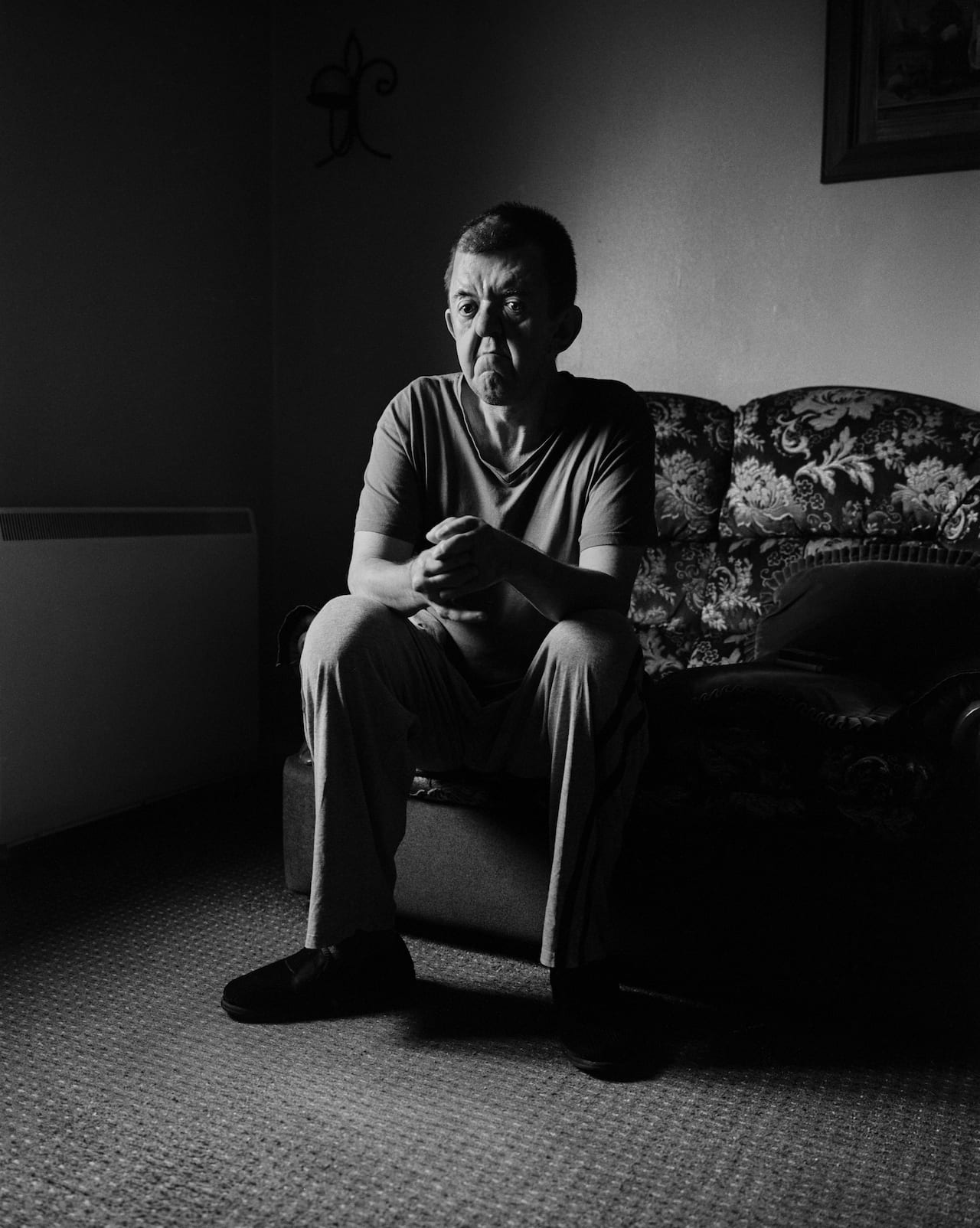Q&A: Hunger by Void
Hunger is an experimental project based on Franz Kafka’s short story A Hunger Artist, about the once-glorious, but now dying, art of performers who starve themselves. Curated by Greek publishing house Void, it involves the work of 28 photographers, both established and up-and-coming, presented in seven broadsheet publications and an online exhibition on PHmuseum.com. “We believe that photographers – and those working with photography, namely critics, editors, publishers, etc – are Hunger Artists. Hunger Artists don’t have to do their art. They must do it. For themselves. For their passion,” say the Void organisers.
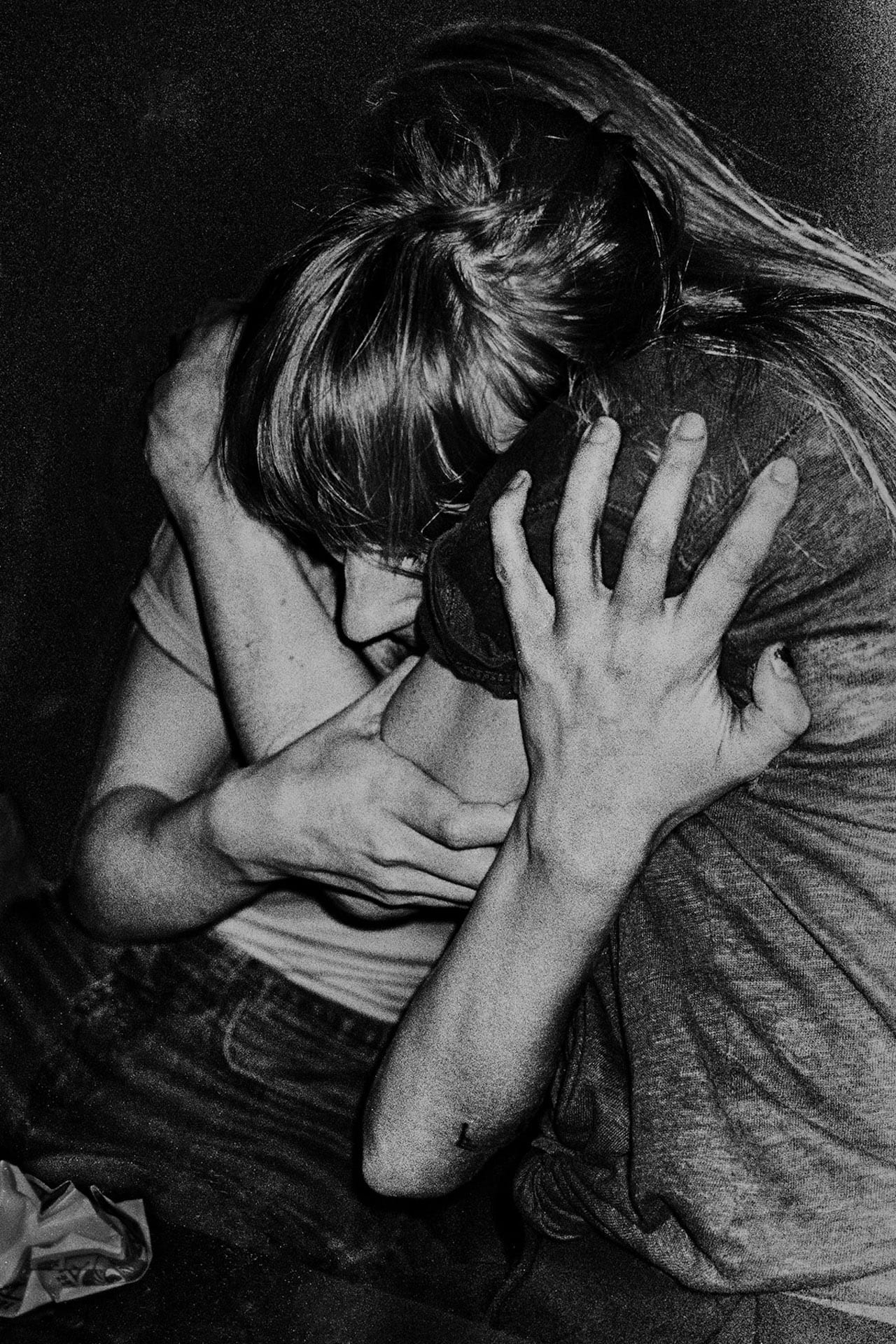
American Winter by Gerry Johansson
“For me it is important not to create a story with the pictures,” says Gerry Johansson. “Normally when you edit you try to sequence the photographs. But for me it is important that each picture is considered as a single, individual image.” In his latest photobook, the Swedish photographer travels through the midwestern states of America, capturing both the beauty and misery of semi-deserted landscapes cloaked in snow.
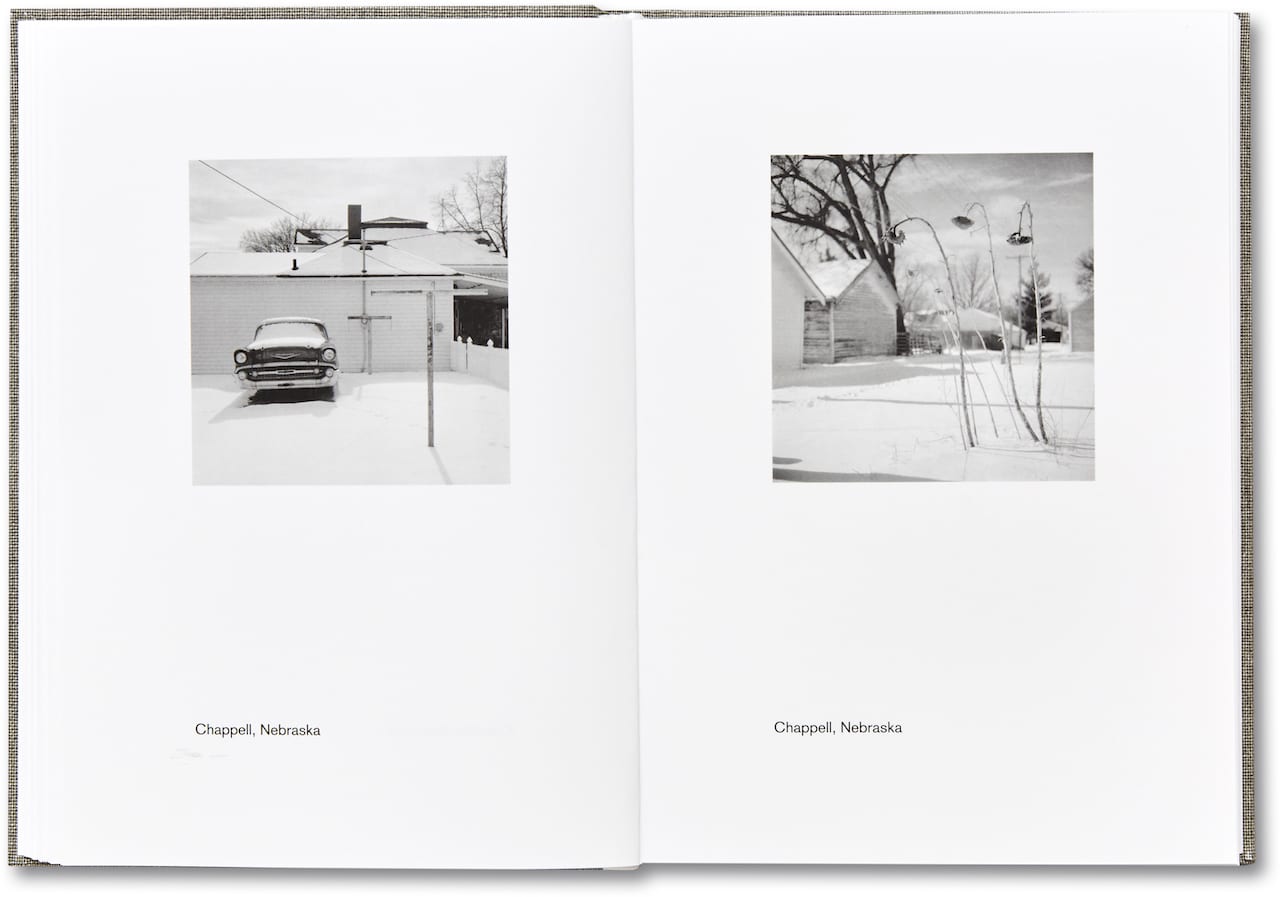
No More No Less by Kensuke Koike and Thomas Sauvin
Koike’s photographic cut-ups have attracted a loyal following, inspired countless copycat activities at photography workshops around the world, and attracted invitations to collaborate from everyone from Gucci to Thomas Sauvin of Beijing Silvermine. It’s the Sauvin collaboration that resulted in Koike’s latest work, No More No Less. The publication came about after Koike was invited to work with Sauvin’s archive of old images that he recovered from Beijing silver-recycling centres – and was published simultaneously by three different photobook specialists.
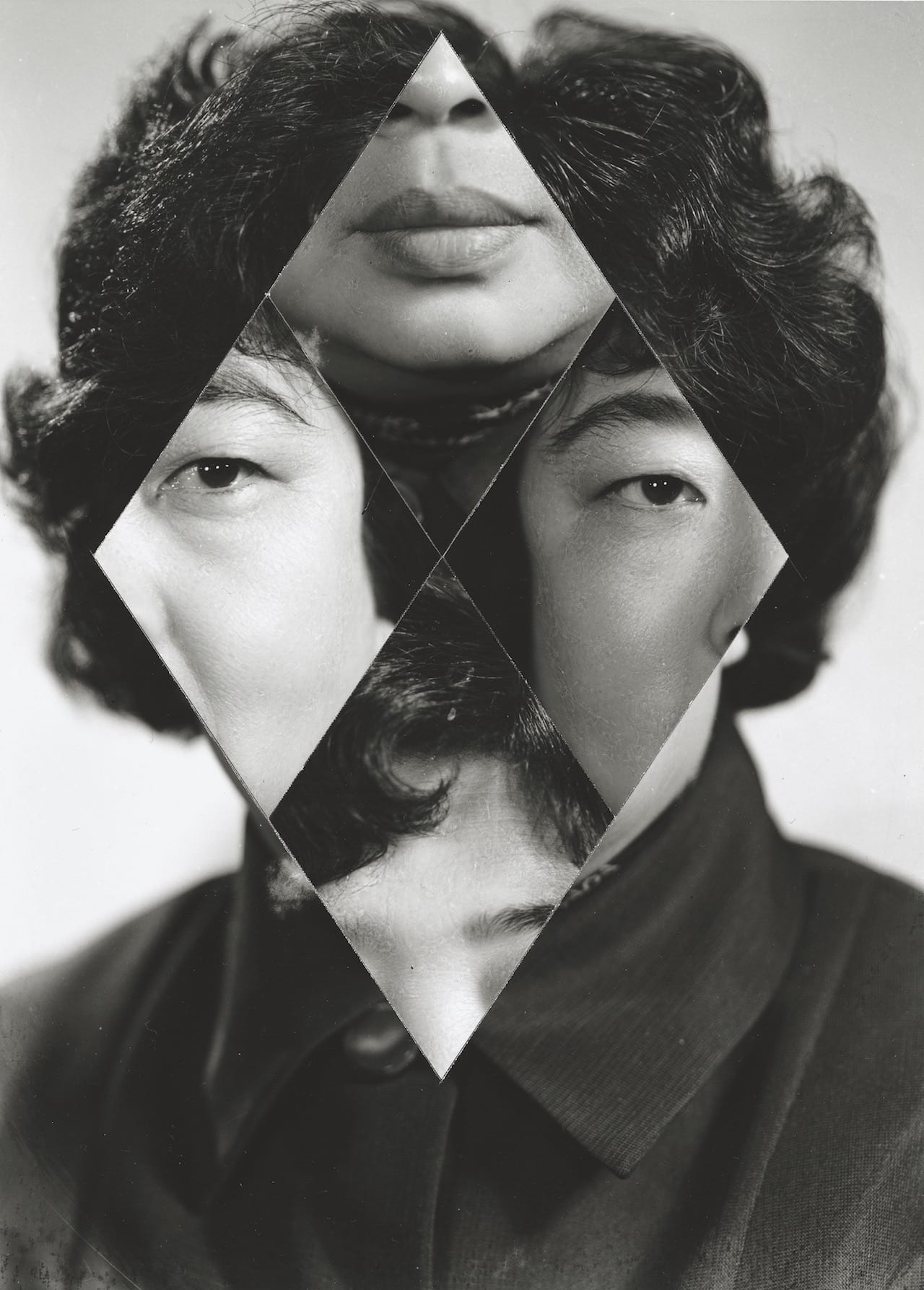
Kyiv Photo Book festival
The first-ever Kyiv Photo Book festival will take place on 08 February, showcasing work by organisations such has MOKSOP (Museum of Kharkiv School of Photography) and Rodovid Press. “Such great number of photo books in one place has never been presented in Kyiv before – since the foundation of the city more than 1500 years ago,” says Dmitriy Krakovich, the director. “The goal of the festival is developing a communication between authors-photographers and publishers from one side, and broad circles of art lovers and photography art lovers in Ukraine.”
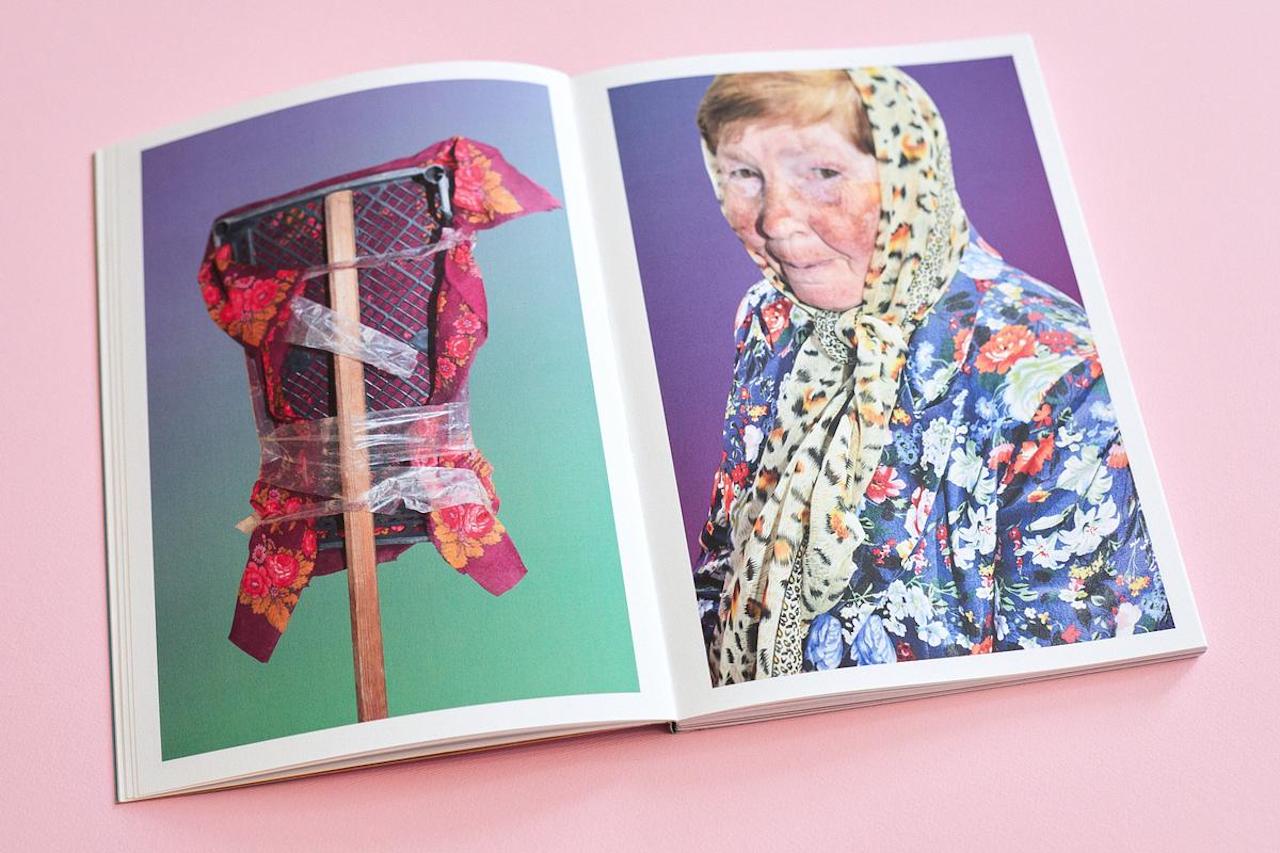
Bright Black World by Todd Hido
To look through Todd Hido’s lens is to view the world darkly. The San Francisco-based photographer’s entire oeuvre of compelling visual narratives is shrouded in inky obscurity, and in this regard, his latest book is no exception. The difference is that for the first time he has departed from his usual territory of suburban landscape and its relation to his own troubled childhood. Instead Bright Black World results from extensive travels abroad, and is steeped in a deep sense of pessimism about the future from the perspective of the present, attempting to “photograph the darkness that I see coming”.
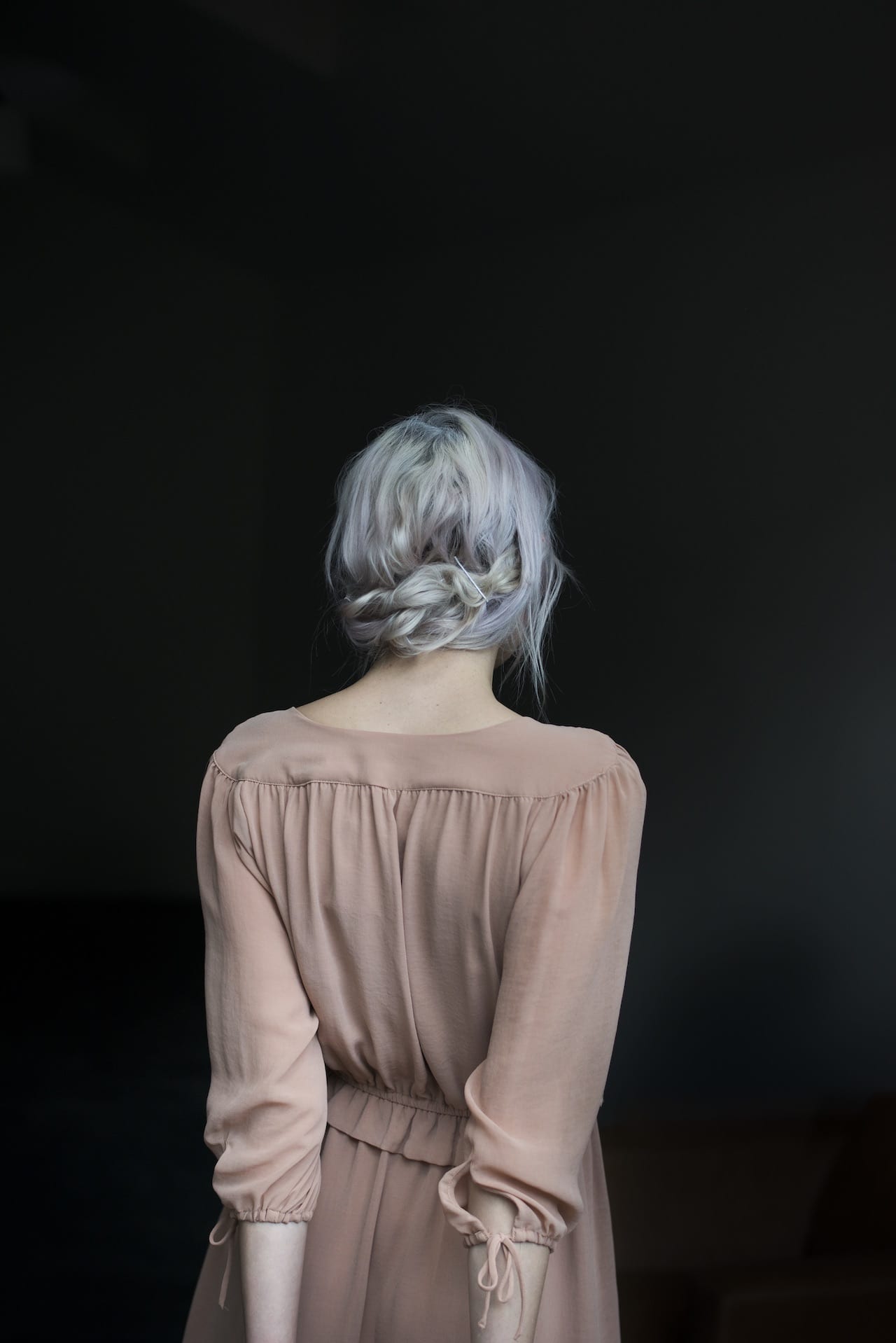
Persecuted/Persecutors: People of the 20th Century by August Sander
“Let me speak the truth in all honesty about our age and the people of our age,” said August Sander, the photographer best-known for the ambitious, lifelong project in which he sought to faithfully represent the physiognomy of German society. People of the 20th Century, as it was eventually named, was an attempt at a social portrait of the everyday German man and woman – at a time which, unbeknownst to the photographer at its inception, would give way to two world wars, the largest migration of people in human history, and ethical, economic and political hysteria.
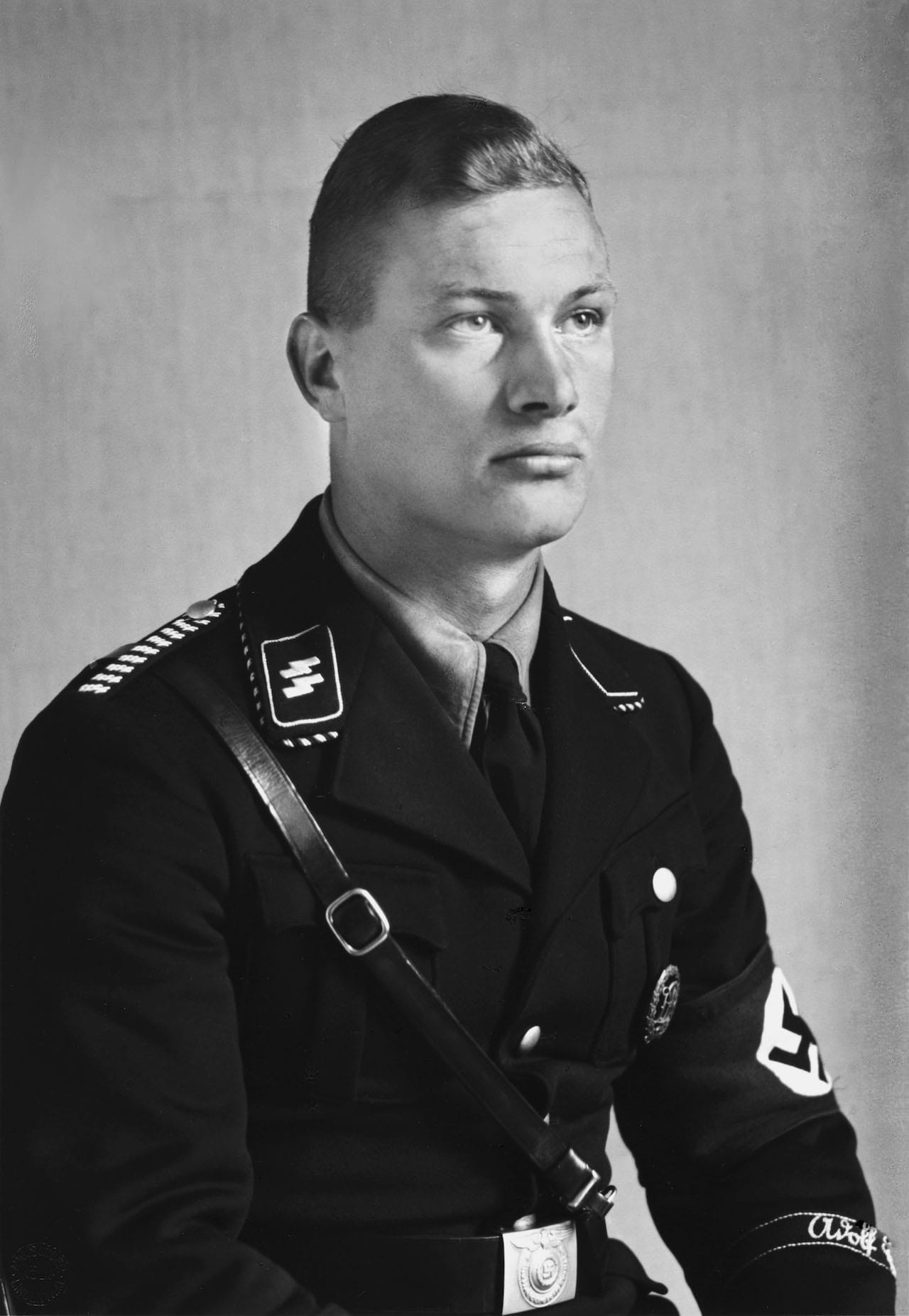
Masken by Michael Etzensperger
Historically, one of the most significant uses for photography is in the reproduction of historical and cultural artefacts. Studies such as art history and anthropology were quick to adopt photography after the invention of the camera, creating a largely overlooked genre that has been an ongoing concern for Swiss artist Michael Etzensperger. For his new book, Etzensperger made double exposures of pictures of masks reproduced in publications from all over the world. “For me, it’s interesting that these are images that I photographed, not objects,” he says.
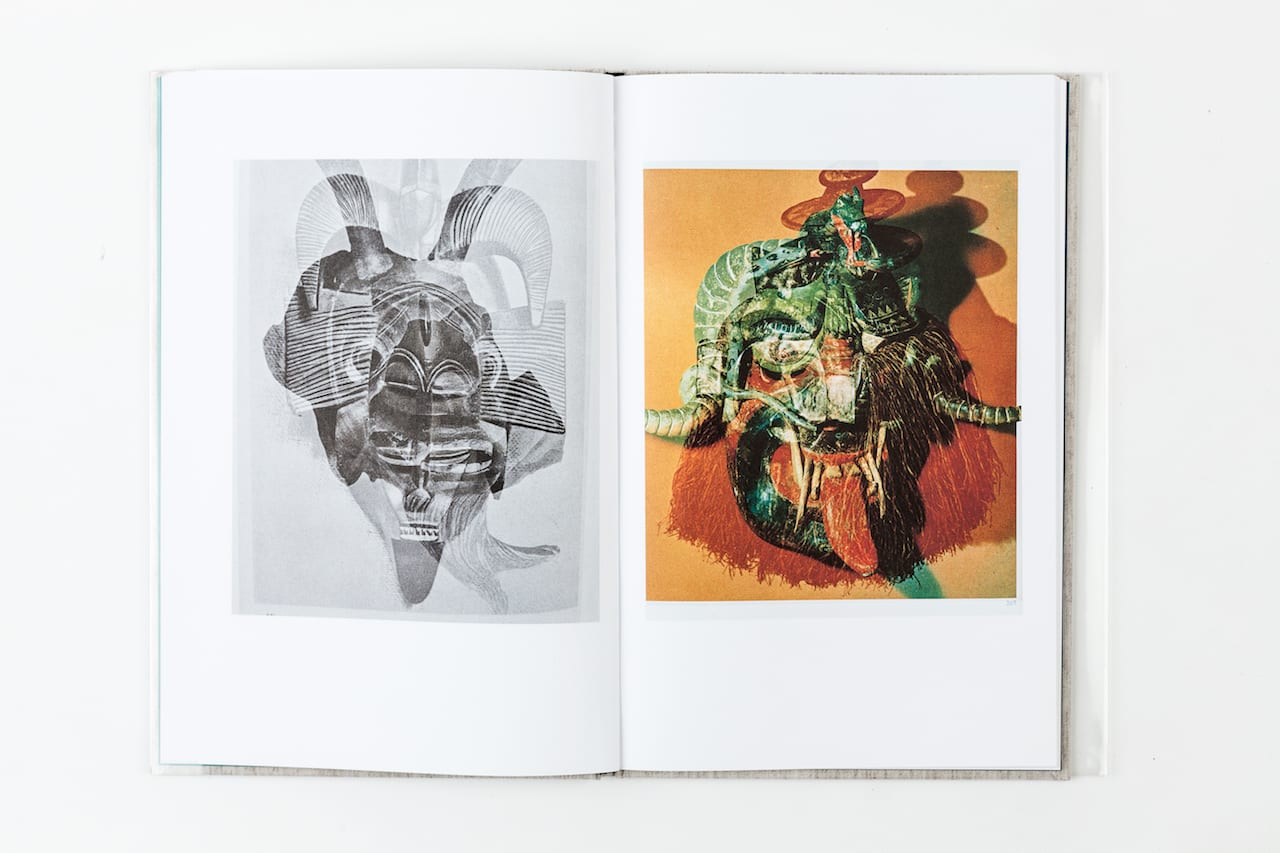
Charlie Surfs on Lotus Flowers by Simone Sapienza
Starting out in documentary photojournalism, Simone Sapienza now works in a more exploratory direction, with his book Charlie Surfs on Lotus Flowers taking an offbeat approach to the growing contrast between communism and capitalism in Vietnam, and the consequent tension between control and freedom. “I don’t trust photographers who erect themselves as the bearers of truth; I don’t even trust some editors, or curators, or lecturers who try to confine you within certain, comfortable borders,” he explains.
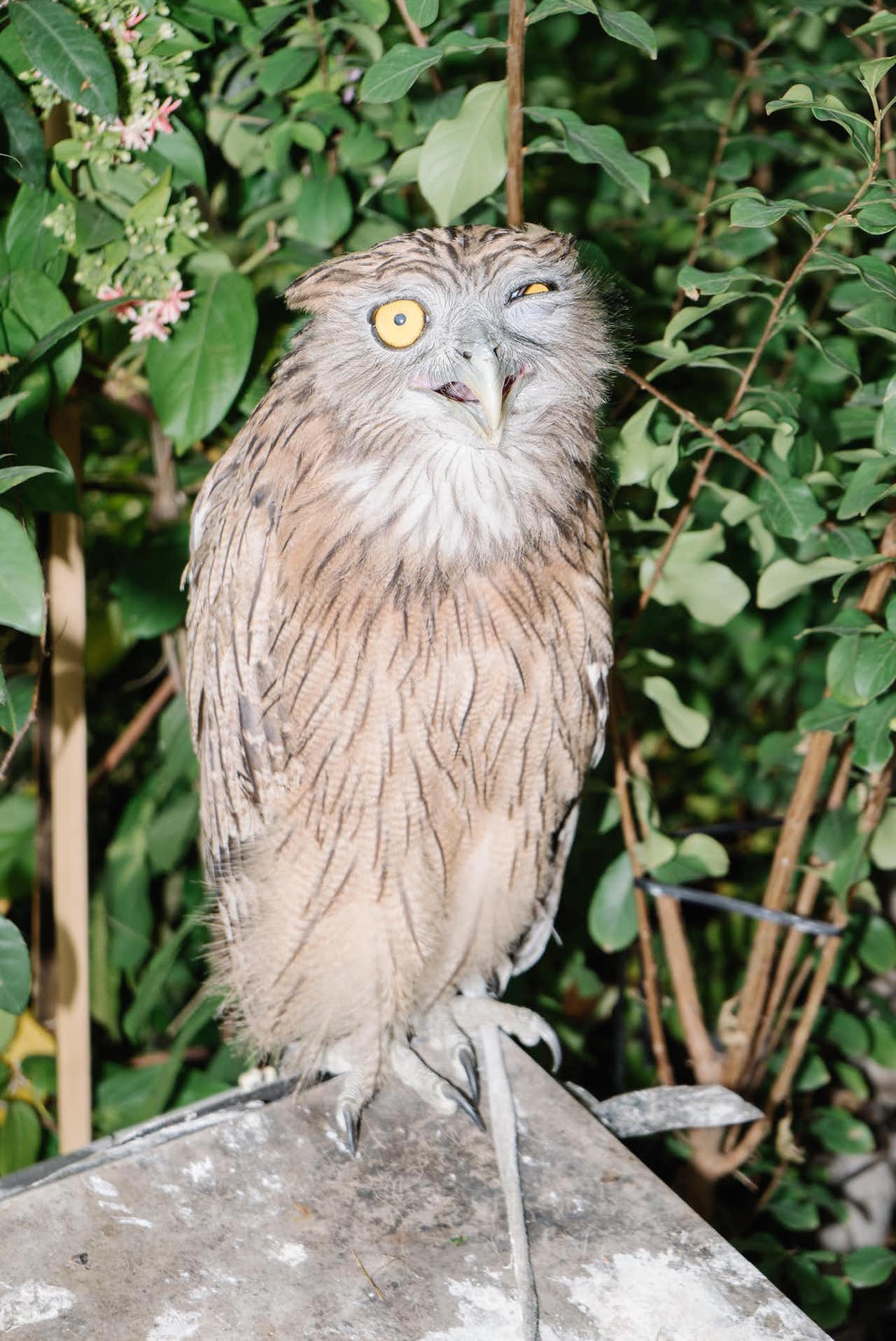
The Parallel State by Guy Martin
The Parallel State is an epic four-year project including both documentary shots from the street and photographs taken on the sets of Turkish soap operas. A picture of Turkish life including its dreams as well as its realities, it shows how those fantasies are inspired by real events – and how in turn, they influence them. The title comes from a term coined by American historian Robert Paxton to describe organisations which exercise soft power, which promote the prevailing political and social ideology. It is also used by Turkish Prime Minister Recep Tayyip Erdoğan, to mean something like the opposite, however – the power of those acting against him and his rule.
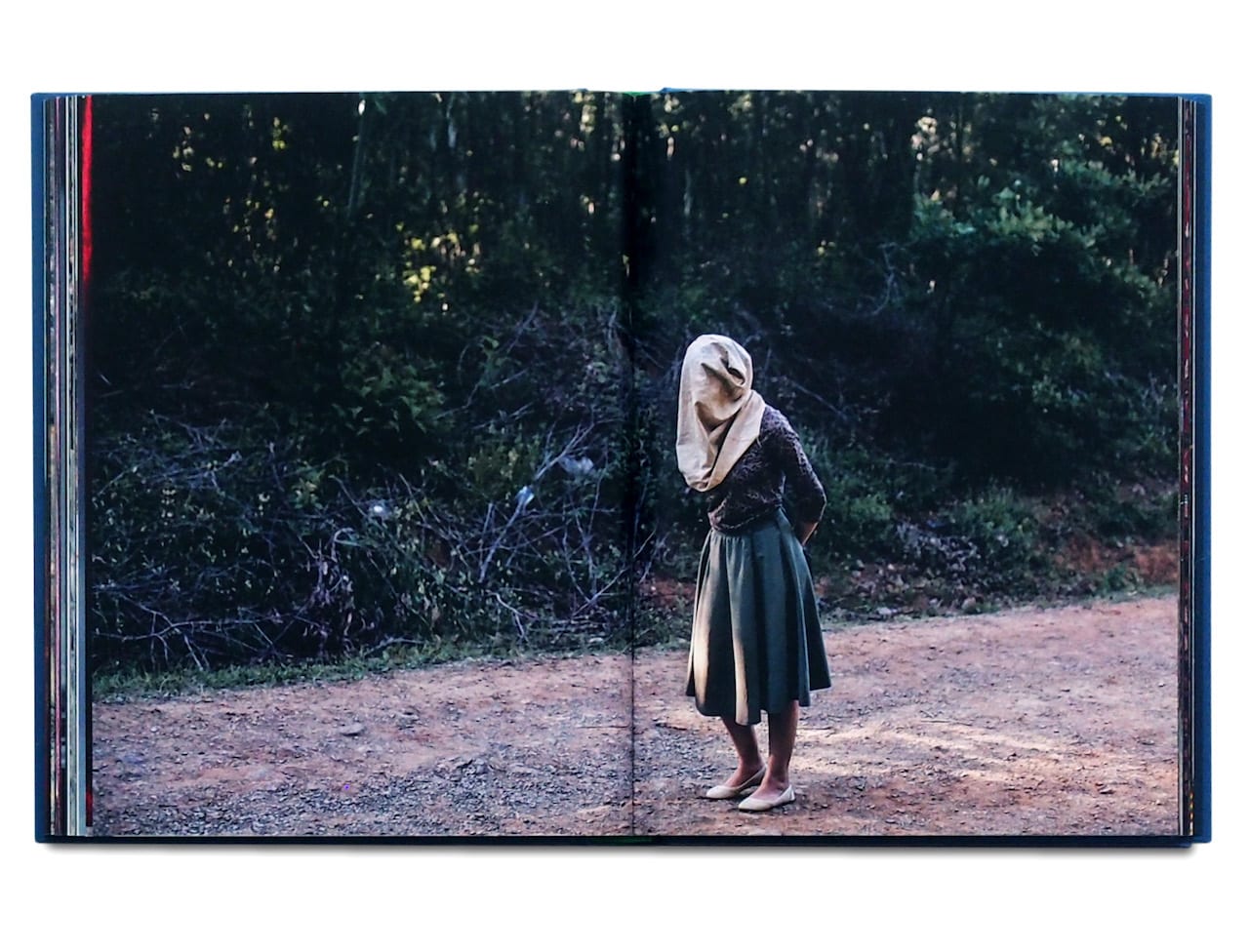
Q&A: Small Town Inertia by JA Mortram
“I’d look at mainstream media and see no reflection of the realities I see portrayed within it,” says JA Mortram. Mortram studied fine art in Norwich but dropped out in his third year to become the primary carer for his mother, who has chronic epilepsy, in a small market town in Norfolk called Dereham. In 2006 he started shooting people in and around Dereham, focusing on those facing disadvantages and social exclusion, and creating a project that now exists online, as a book, and as an exhibition at the respected Side Gallery. “I hope these stories and experiences reach the hearts and minds of those who have never experienced life like this – and also into the lives of those that are in exactly the same situation, so they know that they are not alone, not forsaken, and are people of absolute worth,” he says.
